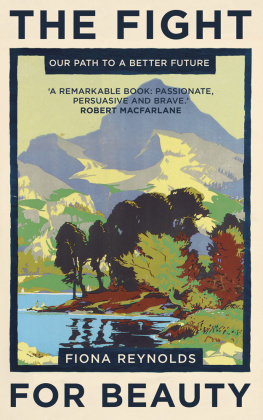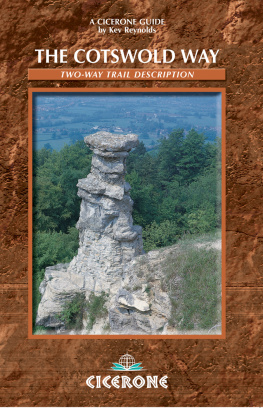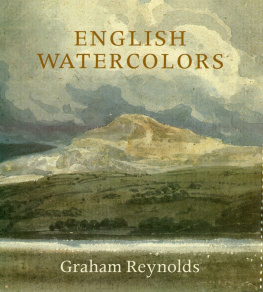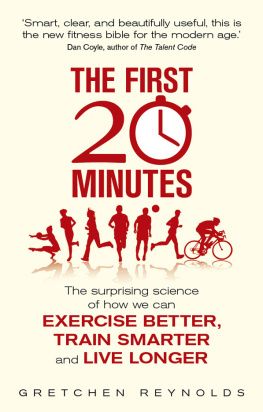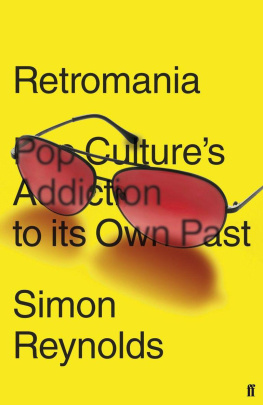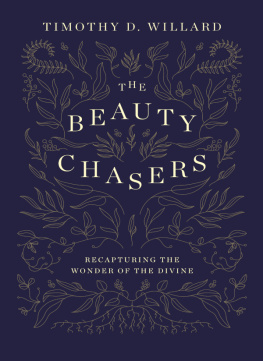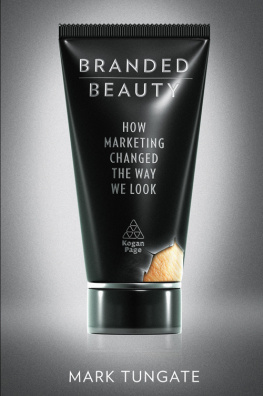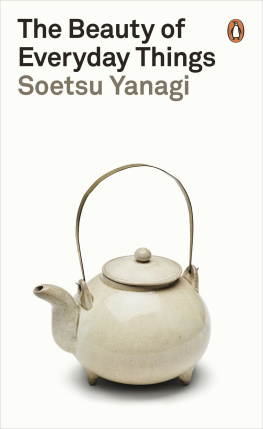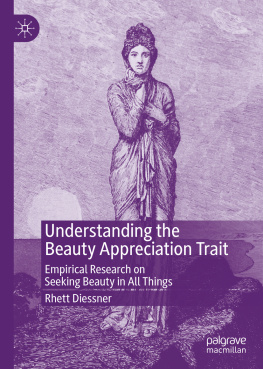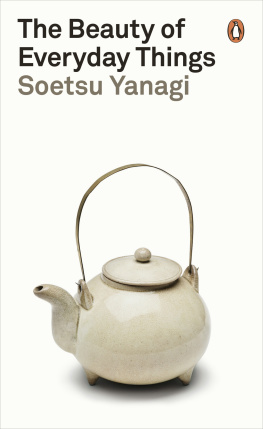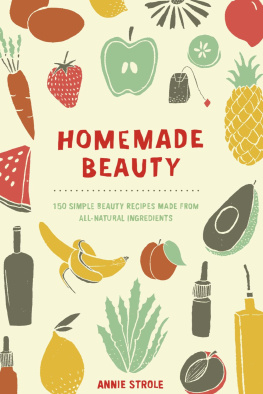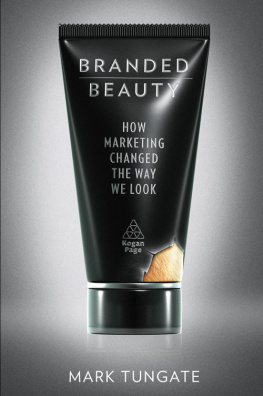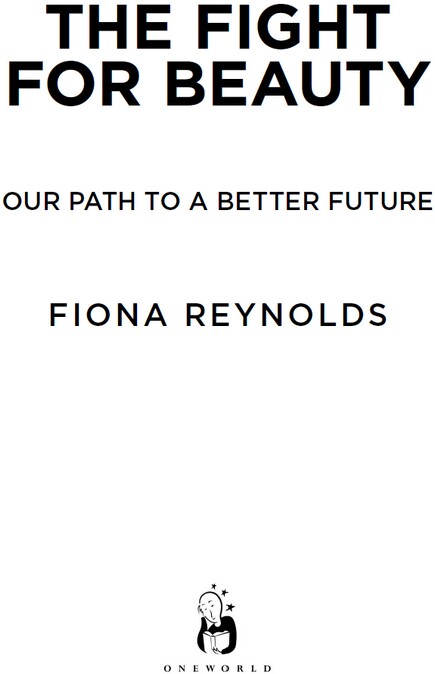
A Oneworld Book
First published in North America, Great Britain and Australia by Oneworld Publications, 2016
This ebook published by Oneworld Publications, 2016
Copyright Fiona Reynolds 2016
The moral right of Fiona Reynolds to be identified as the Author of this
work has been asserted by her in accordance with the
Copyright, Designs, and Patents Act 1988
All rights reserved
Copyright under Berne Convention
A CIP record for this title is available from the British Library
ISBN 978-1-78074-875-7
eISBN 978-1-78074-876-4
Excerpt from Slough by John Betjeman, Collected Poems , 2006 The Estate of John Betjeman,
is reproduced by permisson of John Murray, an imprint of Hodder & Stoughton Ltd.
Excerpt from Going, Going by Philip Larkin is reproduced in the US courtesy of Farrar,
Straus & Giroux, and reproduced in the rest of the world by permission of Faber & Faber Ltd.
Every effort has been made to trace copyright holders for the use of materials in this book.
The publisher apologises for any errors or omissions herein and would be grateful if they were
notified of any corrections that should be incorporated in future reprints or editions of this book.
Typeset by Hewer Text UK Ltd, Edinburgh
Oneworld Publications
10 Bloomsbury Street
London WC1B 3SR
England

To my father, Jeff Reynolds
not blind opposition to progress, but opposition to blind progress
(John Muir, 18381914)
Contents
P reface
Beauty. It is a word full of resonance. We use it with ease in everyday conversation but it is, nevertheless, the kind of word that can make us stop and think. Beauty can stop us in our tracks in wonder, create enduring memories and raise our expectations of ourselves and each other. When we say how beautiful, whether of a building, painting, view or butterfly, we are caught in a moment of admiration. Beauty is capable of lifting our spirits and touching emotions that lie deeper and are more meaningful to us than almost anything else in life.
Yet you would have to search hard to find the word beauty in any official document. Indeed, in formal dialogue we seem to be deeply uneasy talking about something that feels so personal and emotional. With so few exceptions that they can be counted on the fingers of one hand, no politician today gives speeches about beauty. And its become a no-go zone in legislation too. But it wasnt always like that. Beauty was a word and a concept that people in previous centuries used freely and confidently, and Acts of Parliament were passed whose aims were simply and clearly to protect the beauty of Britains countryside, wildlife and history. Today we have fallen into bureaucratic habits and we use instead words like biodiversity, ecosystem services, natural capital and sustainable development.
Perhaps as a result, that clear-sighted commitment to protect beauty has been lost. And beauty has been lost too. In the second half of the twentieth century we became obsessed with materialism, preoccupied by a culture that values consumption more than intangible benefits, and we presided over a period of devastating losses to nature and the beauty of our countryside and heritage, while too much of what we built ranged from the undistinguished to the downright ugly.
Yet twice before people have fought for beauty and it has meant and achieved something. The first time was in the high Victorian era when the calamitous consequences of industrialisation clashed with human and social needs, with devastating consequences. Luminaries including John Ruskin, Octavia Hill and William Morris led a public debate about the questionable morals and damaging results of mechanisation and the commercial exploitation of the countrys resources. Among other things their advocacy led to the birth of the conservation movement, including the National Trust, and helped create one of the main instruments for protecting beauty, the land use planning system.
The second time was in the aftermath of the Second World War when the governments post-war reconstruction plan committed, alongside jobs, housing, the NHS, the welfare state and the universal right to education, to preserve and enhance the beauty of our countryside. A vision of shared prosperity, including cultural as well as material benefits, was articulated and implemented, born of a commitment to values wider than economic growth and to societys need for more than money.
Yet in the decades that followed the clarity of that vision was lost, and the fight for beauty had to be revived time and time again as new threats emerged.
So beauty matters. But what, in this context, does it mean? John Ruskins moment of epiphany about beauty came when as a young man he watched a storm gather in the Chamonix Valley:
Spire of ice dome of snow wedge of rock... a celestial city with walls of amethyst and gates of gold filled with light and clothed with the peace of God. And then I learned... the real meaning of the word Beautiful... It was then that I understood all which is the type of Gods attributes which in any way or in any degree can turn the human soul from gazing upon itself... and fix the spirit in all humility on the types of that which is to be its food for eternity; this and this only is in the pure and right sense of the word BEAUTIFUL.
His was not just an aesthetic but a deeply spiritual experience. In describing beauty he recognised the obligations of humans to do more than satisfy our own demands and to fix our spirit instead on what will sustain us for eternity.
My own, immature but no less heartfelt, epiphany came at the age of seven when I climbed my first mountain. My father took my older sister and me, soon after dawn, to climb Cnicht, a miraculous little Matterhorn-shaped mountain nestled in the hills of Snowdonia behind Porthmadog. It was the mid-1960s and we proudly laced our school shoes and stowed our Pac-A-Macs, specially purchased for holiday walking. Cnicht is just over 2,250 feet high and rises steeply, its summit hidden behind a series of ridges and mini-summits as you ascend. We took most of the morning to scale it, the excitement of breaching each horizon dashed as another loomed before us. But the moment when we reached the top has never left me. The peaks and ridges of Snowdon and the Glyderau to the north; the bulk of Cader Idris to the south; the Moelwyns to the east littered with the poignant remains of mining communities; and the azure blue sweep of Cardigan Bay to the west, with Harlechs sandy beach and our tiny holiday cottage containing our mother and two small sisters (our youngest sister, the fifth in our family, was not yet born) in the foreground.
I had never before seen such beauty, never before felt the shiver of natures exquisite perfection, never before experienced the sense of striving then reaching a summit, from which we could survey, it felt, the whole glorious world.
That moment, and many other experiences in my happy, countryside- and exploration-filled childhood, shaped my life and stimulated my love of beauty. My passion was fuelled when as a student an ordinary Ordnance Survey map, with its contour lines and settlements, textual clues and ribbon-like roads, rivers and footpaths suddenly came alive to me, revealing all the layers of our history, should one care to look closely enough, in a fascinating palimpsest. And again when for the first time I read W. G. Hoskins The Making of the English Landscape , with his beautiful descriptions of an evolved and evolving countryside, ending in his rallying call to defend it from the imminent threat of irreversible damage.
Next page
